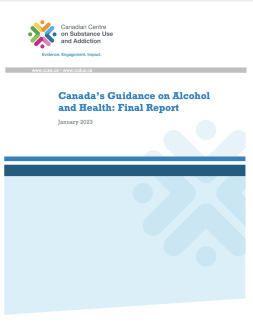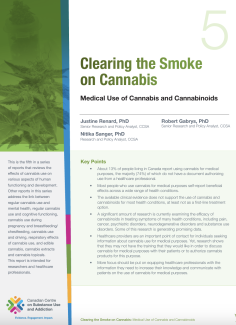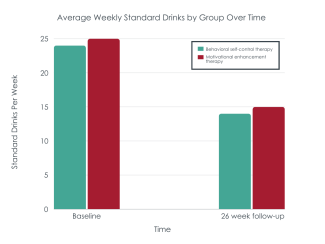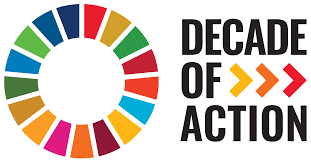Search
Prevalence, correlates, and reasons for substance use among adolescents aged 10–17 in Ghana: a cross-sectional convergent parallel mixed-method study
Background:
In Ghana, substance use among adolescents poses significant risks to their health, wellbeing, and development. However, little is known about the outlets and reasons for substance use among Ghanaian adolescents. This study...
Canada’s Guidance on Alcohol and Health: Final Report
The report summarises the evidence drawn from worldwide evidence reviews, mathematical modelling, and extensive consultations and discussions. The Guidance provides people in Canada with accurate and current information about the risk of...
Do Drugs Contain What We Think They Contain? Results from CUSP: The Community Urinalysis and Self-Report Project
Visually presents substance use trends and describes whether expected substance use aligned with actual substance contents. Data were collected from harm reduction sites in seven regions across Canada that participated in the Community...
Liver stiffness and associated risk factors among people with a history of injecting drugs: a prospective cohort study
Background:
People who have problems with using opioids or other drugs and inject them have shorter lives than most people. Liver diseases, especially, contribute to this. Checking liver stiffness might help find liver problems early. This...
Trauma exposure across the lifespan among individuals engaged in treatment with medication for opioid use disorder: differences by gender, PTSD status, and chronic pain
Background
There is little research on lifetime trauma exposure among individuals undergoing medication treatment for opioid use disorder (MOUD). A multisite study examined the prevalence of lifetime trauma and explored differences based...
A qualitative study of experiences with physical activity among people receiving opioid agonist therapy
Background
Physical or mental health commorbidities are common among people with substance use disorders undergoing opioid agonist therapy. Exercise provides many health benefits and can be used both as a preventive and treatment strategy...
Understanding Substance Use: Educator's Guide
The guide, co-developed by the Canadian Centre on Substance Use and Addiction (CCSA) and several school boards, aims to equip educators with knowledge and resources to promote well-being and reduce substance-related harms among youth.
Des...
Clearing the Smoke on Cannabis and Cannabinoids: Medical Use of Cannabis and Cannabinoids
The report, "Clearing the Smoke on Cannabis: Medical Use of Cannabis and Cannabinoids 2024 Update," examines the medical use of cannabis and cannabinoids, emphasizing their effects, efficacy, and the need for more rigorous research. Key...
Shadow Dancing: Embodied Recovery from trauma and addiction
A COMPARISON OF TWO TREATMENTS FOR INDIVIDUALS INTERESTED IN REDUCING ALCOHOL USE
Many people seeking treatment for severe alcohol use disorder begin with a goal of alcohol abstinence. There are also, however, many less severe cases who hope to reduce their drinking rather than stopping altogether, and evidence suggests...
OVERDOSE DEATHS FROM SMOKING DRUGS NOW EXCEED INJECTION
Over the last 3 decades, there have been several fluctuations in opioid use patterns and prevalence estimates in the United States. The predominant opioid involved in overdose deaths shifted from prescription opioids in the 1990’s and...
Recovery Support Services and Information
Recovery support services are intended to provide access to social support, employment, housing, and a variety of other services for people in recovery from substance use disorder. You can find attached the major types of recovery support...
Digital Recovery Support: Online and Mobile Resources
Not everyone can make it to meetings in person. Here are some resources that many use to access vital recovery support online from home.
Check this infographic by recovery research institute to know more.
Age-dependent association of cannabis use with risk of psychotic disorder
Abstract
Background
Epidemiologic research suggests that youth cannabis use is associated with psychotic disorders. However, current evidence is based heavily on 20th-century data when cannabis was substantially less potent than today.
M...
Resiliency, Substance Use & Sustainable Development Goals
A brief foray into the entangled issues of both growing culture and personal irresilience and the intersection of substance use and the growing environmental fragility.
"All the evidence is in and we now know Alcohol & Other Drugs (AOD)...
Uso de Tecnología y Trastorno por Uso de Sustancias entre los Jóvenes
Alternatives to Incarceration (ATI) Reading List
Alternatives to Incarceration (ATI) encompass multi-sector approach on strategies and programs designed to divert individuals with substance use disorders away from conventional imprisonment. These alternatives address treatment, support...
Alternatives to Imprisonment- Decade of Action
The global incarceration rate has been steadily rising, with nearly 11 million individuals detained either awaiting trial or serving sentences worldwide. Prison overcrowding presents a longstanding and pervasive challenge for numerous...
Penalties for drug law offences in Europe at a glance
This resource facilitates the examination and comparison of penalties or rehabilitative measures for primary drug-related offenses such as drug use, possession for personal use, and supply-related crimes across European countries...
Contribuye al Intercambio de Conocimientos: Miembros de ISSUP pueden publicar artículos en el Intercambio de Conocimientos – Entra o hazte miembro











